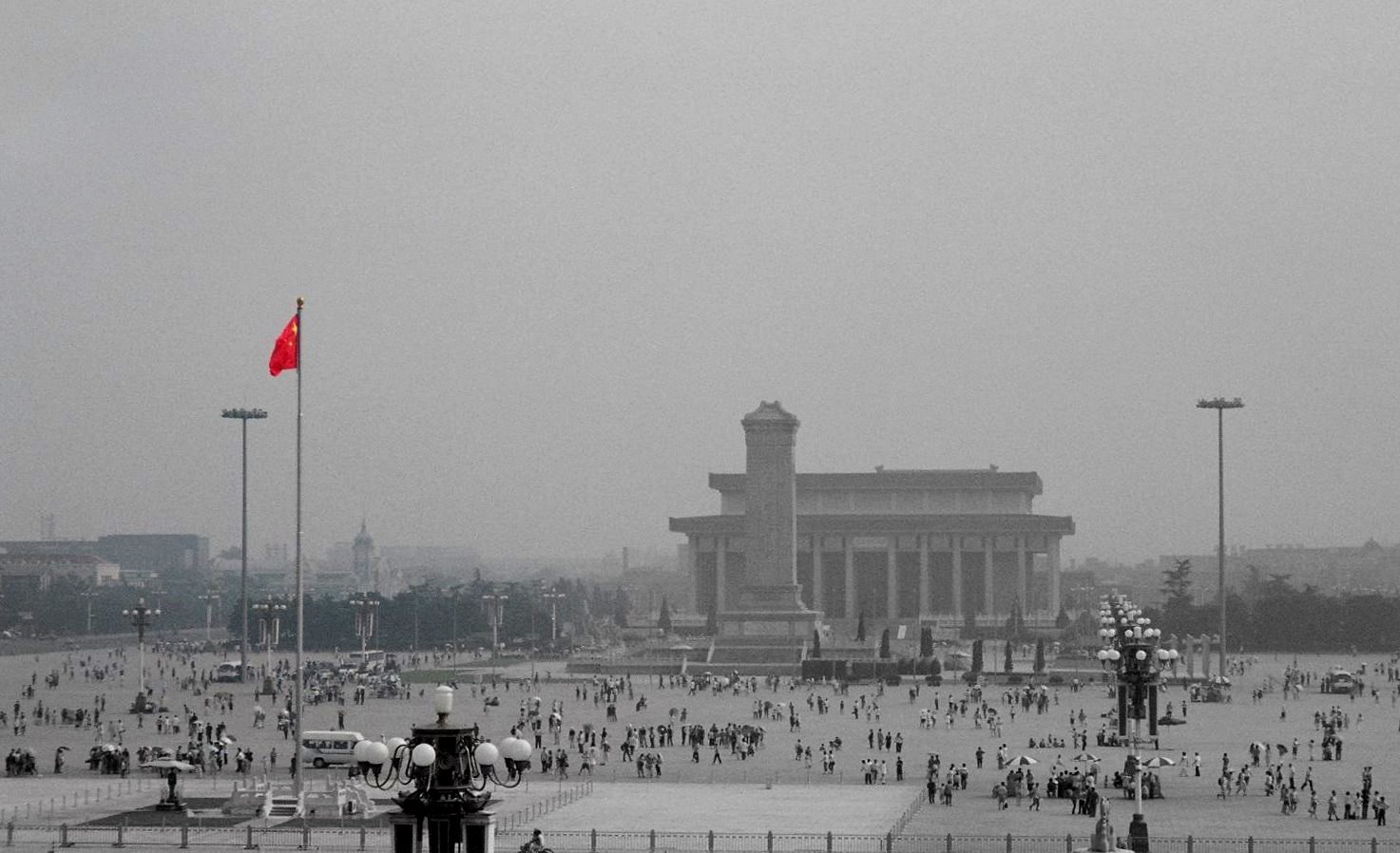
June 12, 2013, by Tony Hong
Soft Power Success
By Tony Hong,
First Year PhD Student in Contemporary Chinese Studies.
The University of Nottingham Ningbo China.
It used to be said among the students of Contemporary Chinese Studies that once you have read one book or article on the “Rise of China”, you have read them all. In fact we would all do our best to purposely avoid reading any titles that contained the words like “Rise of China”, “China’s Century”, “China: the next superpower” ad infinitum. The reason for the avoidance was not because we were lazy or because we were recovering from the previous night’s hangover. It was because we intrinsically knew that these books would not add anything new or insightful to the crucial enterprise of understanding China. In this small area unlike any others, you most certainly CAN judge a book by its cover.
This very same sentiment is now echoed among many of us who have to read about China’s soft power. Soft power has become the de rigueur topic among the China scholars today. Open any book to do with the topic of Chinese soft power and it inevitably proceeds to dispense a dull and monotonous formula: firstly, an introduction that illustrates why soft power has become so popular in China; secondly, a discussion that delivers a descriptive laundry list of China’s soft power efforts; and then finally, a conclusion that succumbs to the classic ‘Goldilocks Effect’ – China’s soft power is working in some areas and in others it is not. After getting through a good dozen or so books about China’s soft power, you begin to realise that the whole endeavour can be summed up with one simple sentence – China is spending lots of money to project soft power but her success is partial, but she had the potential to do so much more.
In academic circles, as well as in the popular media, soft power itself has proven to be one of the rare cases where the more scholars have written about it, the hollower and less useful the concept becomes. Once you have lifted the veil of obscurantism and peered into the discourses and theories surrounding soft power you begin to discover that there is a deep lack of understanding.
Two serious, interlinked criticisms can be levelled at the current discourse – “the vehicle fallacy” and “attracted to what?” The fallacy is the unqualified tendency among some scholars to equate power resources with that of power behaviours. Soft power is the ability to get others to want what you want by attraction. A country may indeed have a stunning array of soft power resources and the state may be doing all it can to spread those resources around the globe. However, that does not necessarily mean that the spreading has induced the power behaviour of attraction to that country. Hence, those resources have not actualised themselves into power. This then leads to second criticism – if there have been actors who are then attracted to country, what are they attracted to?
This is something that great Powers must contend with like the United States. You may love all those American TV programs; drink and wear the quintessential American brands of Coca Cola and Levi jeans respectively, but at the same time you may harbour hostility towards the current administration’s use of drones.
The lesson is attraction is both about appearances and being genuinely decent: what you communicate needs to be credible and actions must be legitimate. In this new century, the most fundamental triggers of soft power are not cultures, political values or foreign policies. Rather it is whether – domestically and abroad – the information that you communicate with others is credible and whether your actions are legitimate.
This is what is missing from much of the discourse on soft power…
No comments yet, fill out a comment to be the first

Leave a Reply